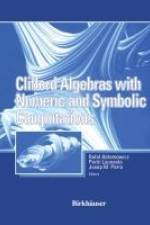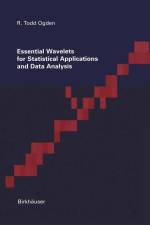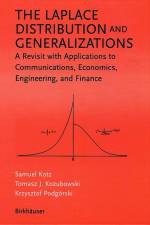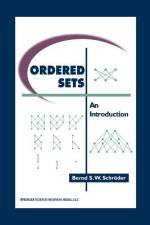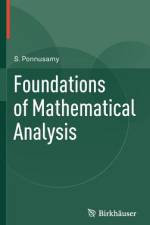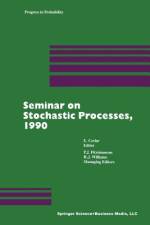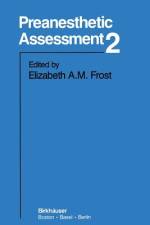von Bernd Schroder
53,00 €
This work is an introduction to the basic tools of the theory of (partially) ordered sets such as visualization via diagrams, subsets, homomorphisms, important order-theoretical constructions, and classes of ordered sets. Using a thematic approach, the author presents open or recently solved problems to motivate the development of constructions and investigations for new classes of ordered sets. A wide range of material is presented, from classical results such as Dilworth's, Szpilrajn's and Hashimoto's Theorems to more recent results such as the Li--Milner Structure Theorem. Major topics covered include: chains and antichains, lowest upper and greatest lower bounds, retractions, lattices, the dimension of ordered sets, interval orders, lexicographic sums, products, enumeration, algorithmic approaches and the role of algebraic topology. Since there are few prerequisites, the text can be used as a focused follow-up or companion to a first proof (set theory and relations) or graph theory class. After working through a comparatively lean core, the reader can choose from a diverse range of topics such as structure theory, enumeration or algorithmic aspects. Also presented are some key topics less customary to discrete mathematics/graph theory, including a concise introduction to homology for graphs, and the presentation of forward checking as a more efficient alternative to the standard backtracking algorithm. The coverage throughout provides a solid foundation upon which research can be started by a mathematically mature reader. Rich in exercises, illustrations, and open problems, Ordered Sets: An Introduction is an excellent text for undergraduate and graduate students and a good resource for the interested researcher. Readers will discover order theory's role in discrete mathematics as a supplier of ideas as well as an attractive source of applications.







